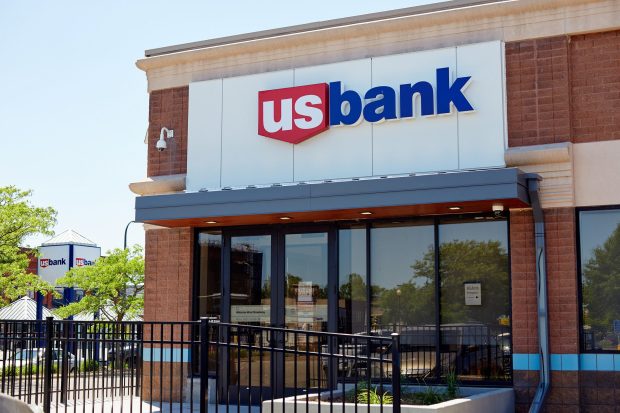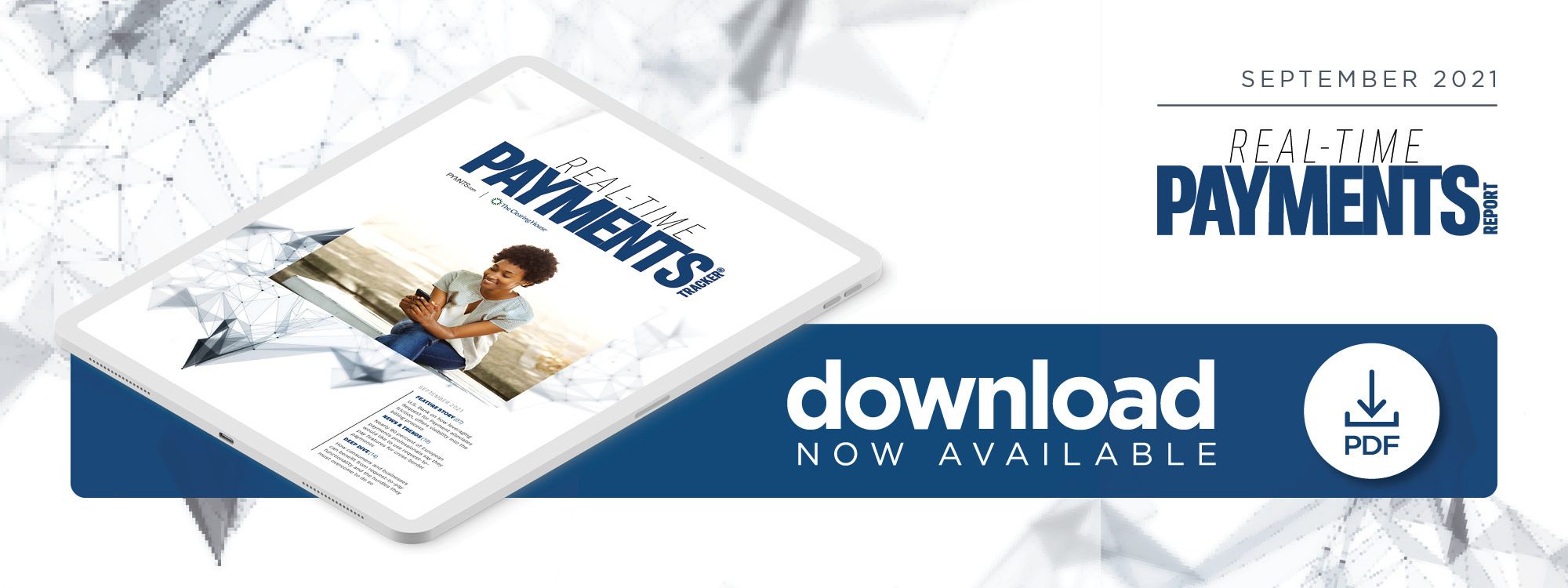US Bank on How Leveraging Request for Payment Alleviates Friction, Offers Visibility Into the Billing Process

Billers often suffer from a lack of speed and clarity on their receivables, while payors are frequently stumped over what they owe and to whom. In the Real-Time Payments Tracker, U.S. Bank’s Richard Erario tackles both sides of the problem by pairing real-time payments with request-for-pay options that improve biller cash flow and add visibility to payors.
Request-to-pay features have different names depending on the country. Request for Payment (RfP) is the preferred term in the U.S. In the U.K. it is referred to as RTP, and the rest of Europe dubs it Request 2 Pay (R2P). Collect UPI is the term India uses.
No matter what the name, the service allows a payee to initiate a request for a specific payment from the payor. Payors typically receive requests to pay digitally on their banking or third-party FinTech apps, on which they can approve or reject the request. If approved, a real-time credit transfer is automatically initiated to the payee. The service is seen as the next improvement in real-time digital payments whereby merchants, billers, corporations and consumers can receive payments more quickly.
In an interview with PYMNTS, Richard Erario, executive vice president and head of global treasury management for U.S. Bank, said the already rapid pace of consumers and corporations seeking more efficient, digital ways to send and receive payments has hastened over the last 18 months.
“For businesses, the pandemic forced them to place an even greater focus on providing a better experience for their customers,” he said. “Companies understand that adopting easy-to-use digital solutions to remove pain points in the billing process can greatly improve customer satisfaction. For consumers, the desire for a simple, convenient way to pay their bills was heightened with the uncertainty caused by the pandemic.”
How Request to Pay Creates Visibility
RfP enables bill management and payment from a consumer’s bank account, Erario said, and promises to help businesses provide a better experience for customers managing their bills. He noted it can provide consumers with the ability to manage bill payments securely in one place and offers flexibility to pay early or instantly on the day the bill is due.
In terms of challenges, he said, businesses consider a variety of factors when developing a successful billing strategy in a complex environment. Companies must evaluate customer preferences, costs and choice of payments, for example. Still, even when they have a robust billing strategy in place, most billers have no idea when they will receive payment, he said.
“This is particularly true for paper payments, where data is unavailable between the time the bill is sent and the check arrives,” Erario said. “Billers lack visibility into when the consumer receives the bill or when a payment is in transit.”
A company can arrange with a customer to automatically deduct the bill amount from a consumer’s bank account on a specific day each month. If that customer’s account lacks funds to cover the electronic debit, however, the company will not have visibility for days, resulting in time and resources to reconcile and collect that payment from the customer, he said.
“This lack of visibility around when payments will be received harms businesses’ ability to effectively manage their cash flows,” Erario said.
Still, real-time payments can help alleviate friction points companies face during the billing process, he said. U.S. Bank launched its first-ever payment on The Clearing House’s RTP® network, the real-time payments platform available to all federally insured U.S. depository institutions, in 2017.
“We knew then that real-time payments would help companies save time and money in innumerable new ways,” Erario said. “Real-time payments with RfP will generate many new efficiencies for billers.”
U.S. Bank allows billers to use RfP through portal, batch and application programming interface (API)-driven origination experiences, and a payment-related message is sent by the biller to customers through their banks, according to Erario. Before a payment is made, the biller’s customer must instruct its financial institution (FI) to make the transaction, providing consumer control. Each customer channel allows billers to receive status notifications, whether it’s a payment, a scheduled payment notification or rejection.
“Right now, we’re among a handful of financial institutions that have enabled RfP for billers, but we expect that number to grow considerably in 2022,” he said. “Adoption by more financial institutions is critical to RfP’s success.”
RfP Use Surges Amid the Pandemic
While the shift to digital payments was well underway even before 2020, the pandemic quickened the movement among consumers and businesses, and the trend is unlikely to disappear.
Visa reported in March that tap-to-pay transactions in the U.S. increased more than 30% compared to the same period a year ago. The report also revealed that 47% of consumers would not shop at stores that fail to offer contactless payments. The trend is the direct result of the concern for consumers and businesses to stay safe.
Experts are convinced consumers’ demands for the speed, convenience and security of digital payments will continue well into the future.

